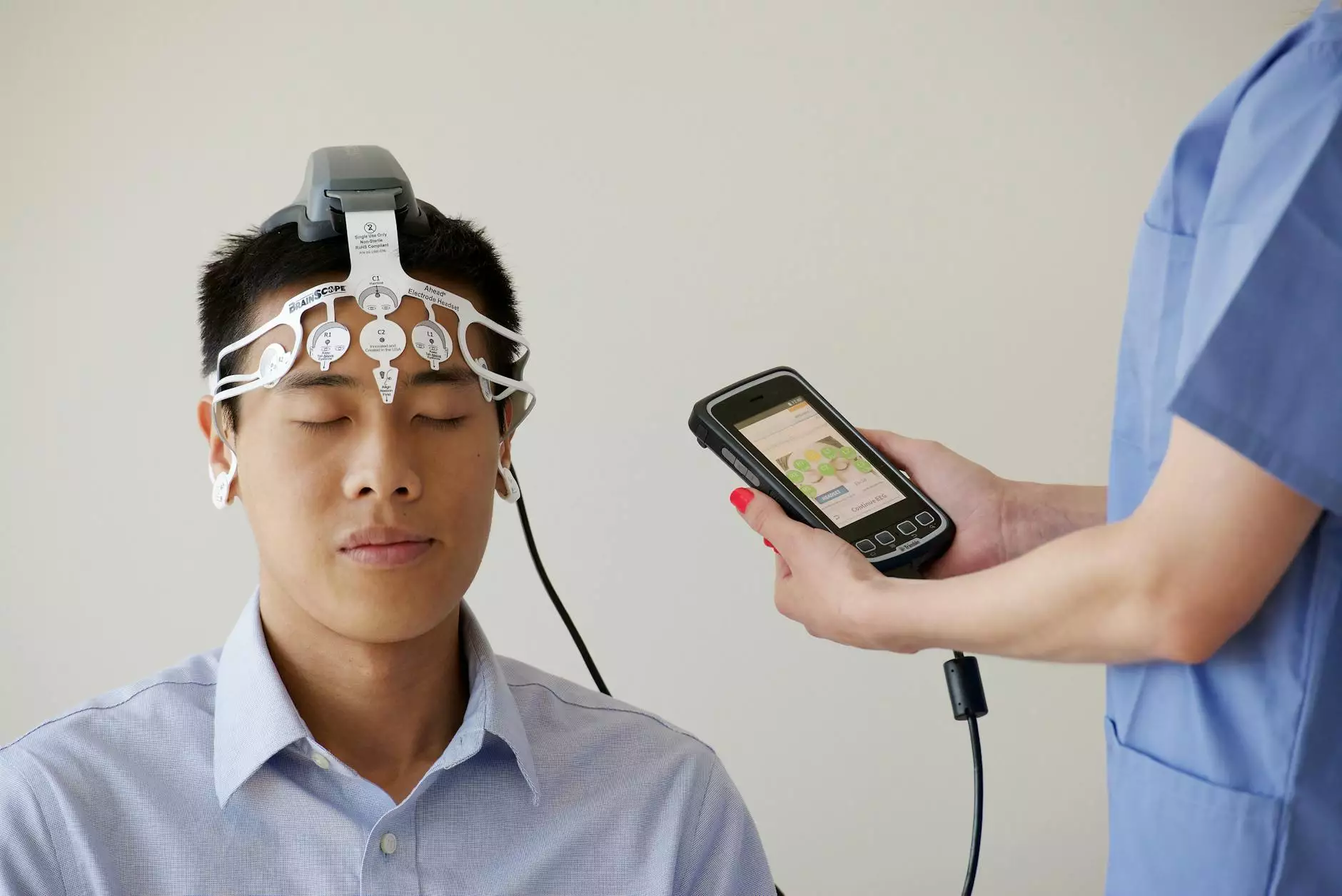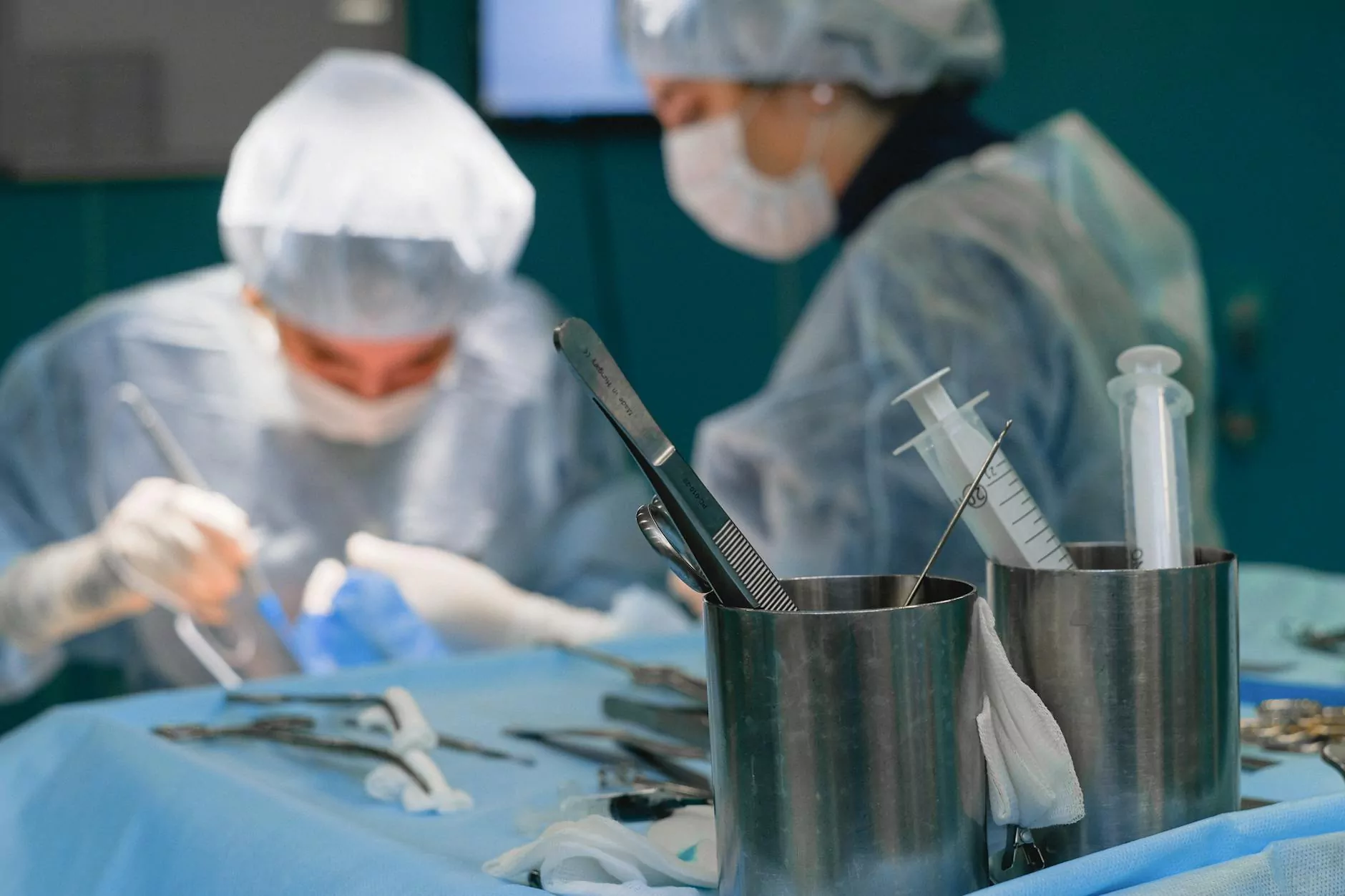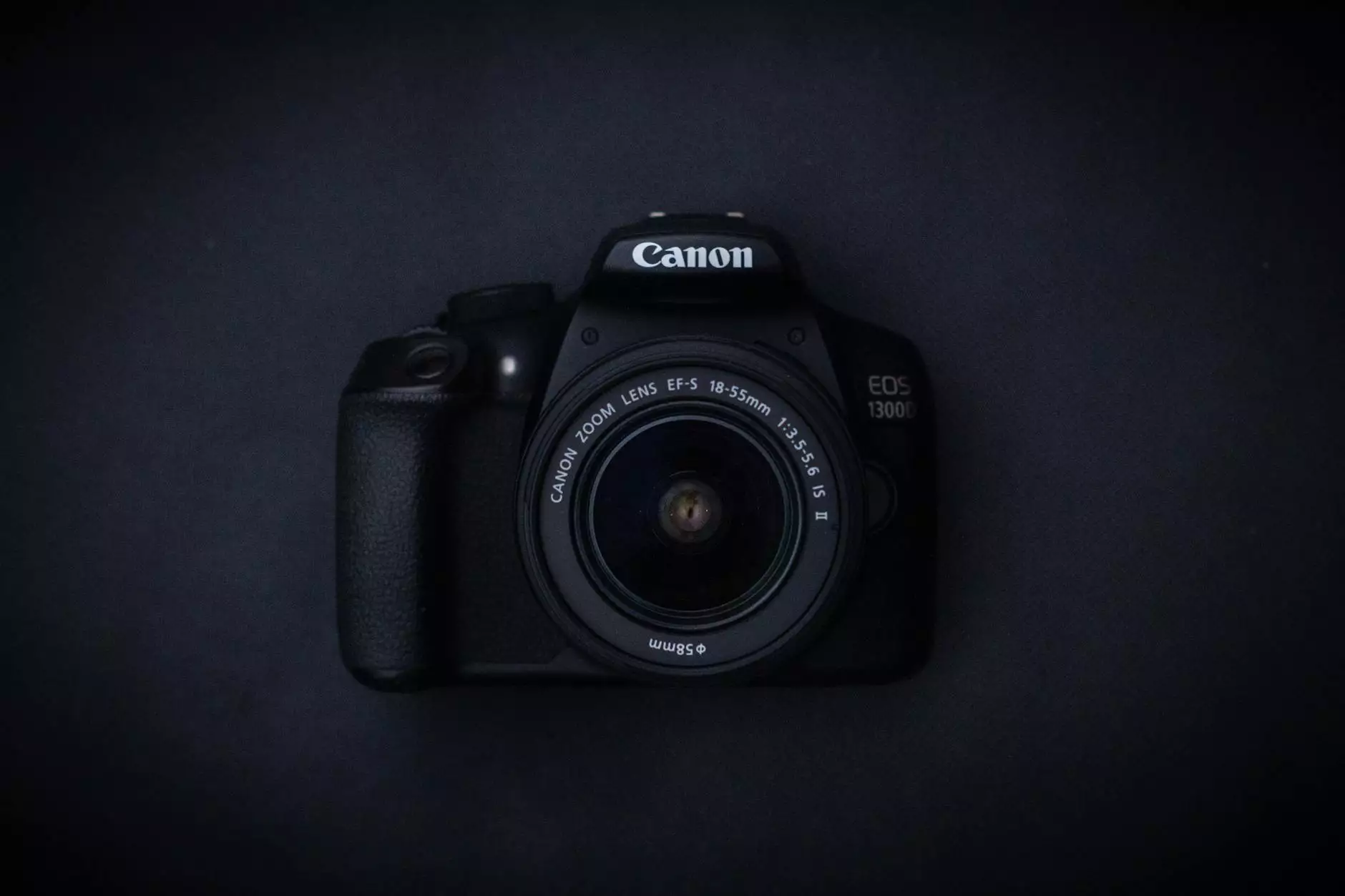EEG and Video EEG - Foley James D MD

What is an Electroencephalogram (EEG)?
An Electroencephalogram (EEG) is a diagnostic test used to evaluate the electrical activity in the brain. It is a painless and non-invasive procedure that helps doctors identify and diagnose a wide range of neurological conditions. This test measures the electrical patterns produced by brain cells, which are recorded and analyzed by medical professionals.
Why is an EEG performed?
An EEG is typically performed to:
- Detect and diagnose seizure disorders, such as epilepsy
- Evaluate various sleep disorders, including sleep apnea and insomnia
- Assess brain activity in cases of head injury or coma
- Monitor brain function during brain surgery or anesthesia
- Determine the effectiveness of ongoing treatment for neurological disorders
How is an EEG performed?
During an EEG, small electrodes are placed on the scalp using a special adhesive. These electrodes are connected to an EEG machine, which records the electrical signals generated by the brain. The procedure is painless and usually takes about 60 minutes to complete. In some cases, additional tests may be conducted, such as a sleep-deprived EEG or a video EEG (VEEG) to capture brain activity during specific events or seizures.
Video EEG (VEEG)
A Video EEG (VEEG) combines the traditional EEG with video monitoring. This allows doctors to observe a patient's behavior and physical manifestations during the recording of brain waves. It helps in determining the type and origin of seizures or abnormal electrical activity in the brain.
When is a Video EEG recommended?
A Video EEG is often recommended in cases where patients experience frequent or unexplained seizures, episodes of altered consciousness, or other neurological symptoms. It provides valuable information to physicians for accurate diagnosis, treatment planning, and medication adjustments.
Procedure of a Video EEG
A Video EEG is performed in a hospital or specialized facility equipped with monitoring equipment. Similar to a regular EEG, electrodes are placed on the scalp, and the patient's activities and brain waves are recorded simultaneously. The video recording helps doctors correlate the patient's physical signs, such as body movements or changes in behavior, with the electrical activity seen on the EEG.
Benefits of EEG and Video EEG Testing
EEG and Video EEG testing offer several benefits including:
- Accurate diagnosis of epilepsy and other seizure disorders
- Identification of abnormal electrical patterns or activity in the brain
- Evaluation and monitoring of brain function during treatment or medication adjustments
- Ability to capture and analyze brain activity during sleep
- Detection of seizure triggers or patterns for effective management
- Development of personalized treatment plans tailored to the patient's condition
Conclusion
EEG and Video EEG play a crucial role in the diagnosis and management of various neurological conditions. Foley James D MD specializes in performing these tests with the utmost care and expertise. If you or your loved one requires an EEG or Video EEG, our experienced team is dedicated to providing comprehensive evaluation and personalized treatment options.









